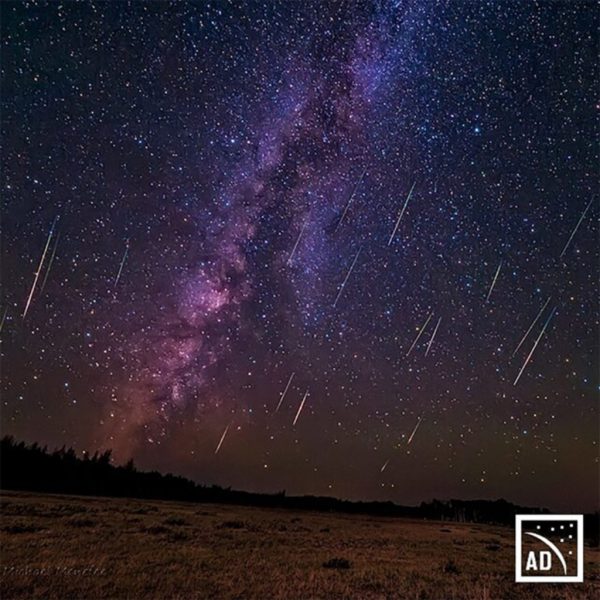How and When to See the 2015 Perseids
The Perseids meteor shower is once nearly upon us. This meteor shower has been observed for at least 2,000 years now and is connected with the comet Swift-Tuttle, which orbits the sun every 133 years. Every August, The Earth passes through the debris field left by the comet’s tail, which consists of ice and dust that can be over 1,000 years old. This debris field will enter The Earth’s atmosphere and burns up to create one of the best meteor showers of the year.
The Perseids can be seen all over the sky, with the best viewing being in the northern hemisphere. People with sharp eyes will be able to see that the meteors appear to come from the constellation Perseus and that’s where they get their name from. The field will start to hit The Earth from about mid-July, with it finishing up towards the end of August. At its peaks which occurs around the 12th and 13th of August, The Earth can expect to be hit with rates often exceed 100 meteors per hour.
Unfortunately for us in Australia, unless this year’s Perseids meteor shower is special, we’ll only be able to see about 5 – 15 meteors per hour due to the fact we are so low in the southern hemisphere which is a real shame.
For Perth shooting star lovers, it’s best to go out and look northeast between the hours of 4:00 am – 6:30 am. Yeah I know 4:00 am is an ungodly hour, but if you’re not coming home from shift work or getting ready to go to work, how about going for a nice walk or run in the crisp morning air.
If you rather sleep then you can follow the shower online at NASA’s Ustream page on the 13th of August at 10 am – 2 pm AWST.
Live: NASA TV below or more at NASA’s meteor showers page.
Originally posted as a TweetPerth article: How to View the Perseids Meteor Shower in Perth






